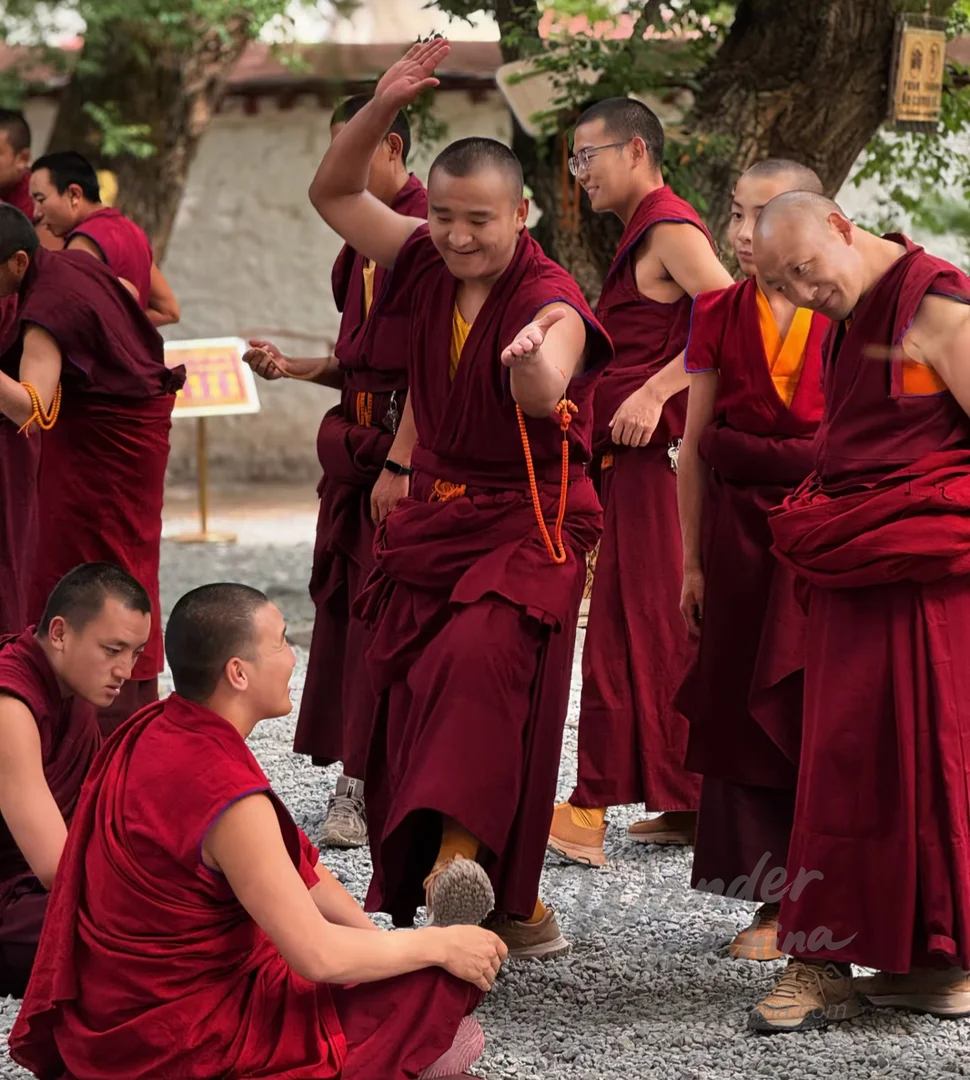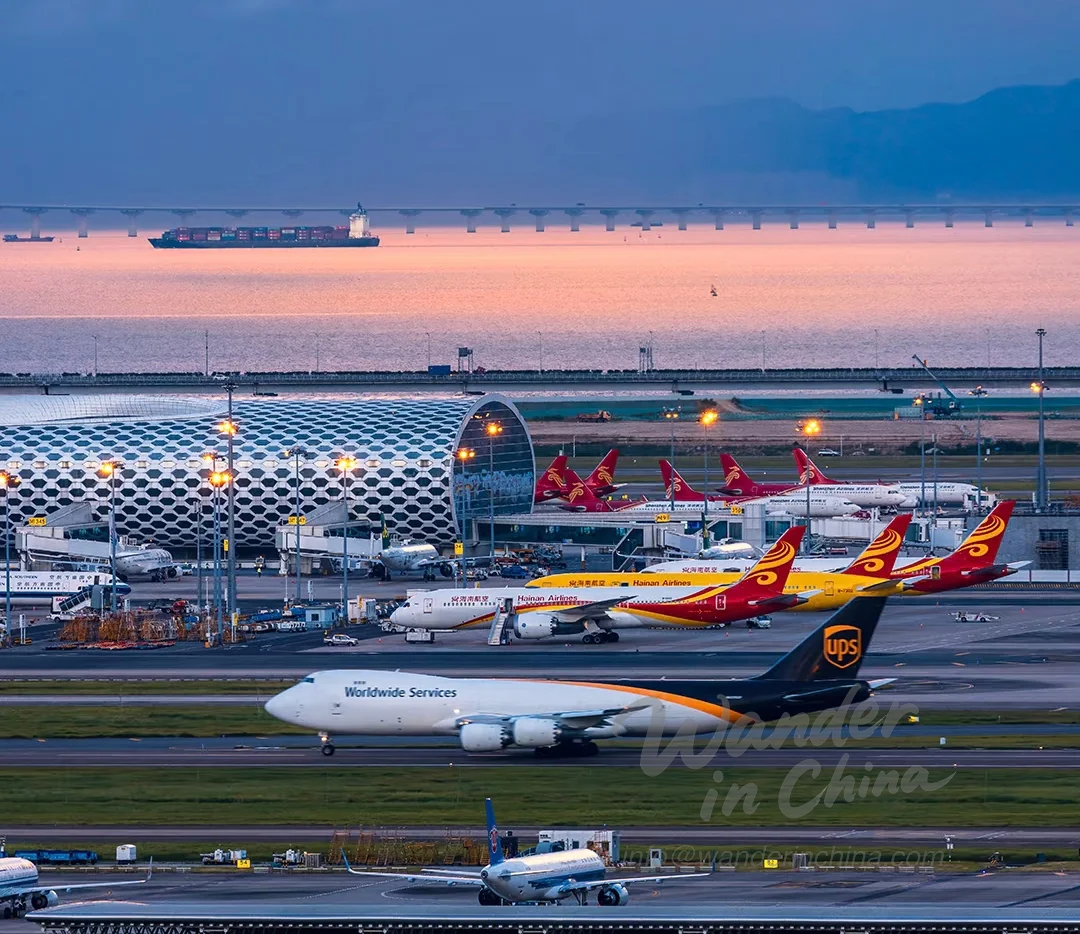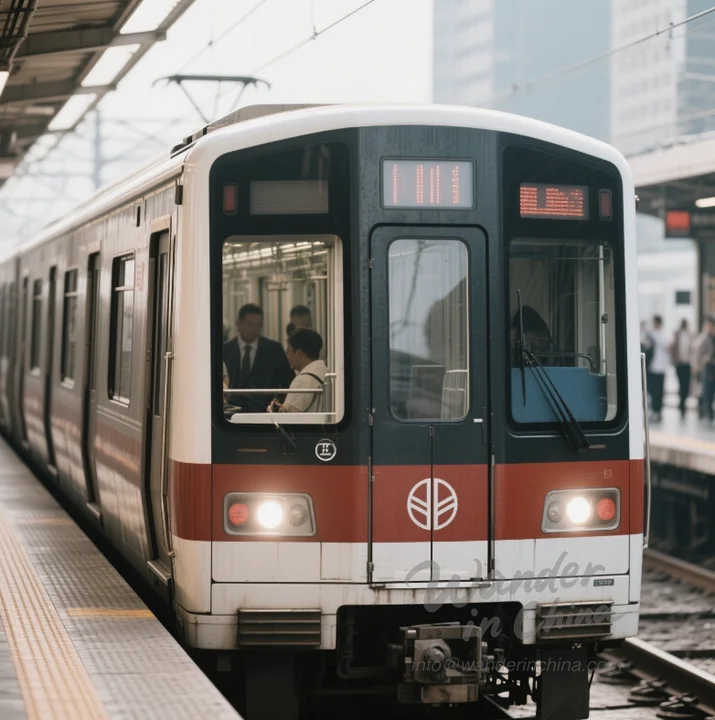Explore the Potala Palace: Lhasa's Iconic Landmark - A Tourist Guide
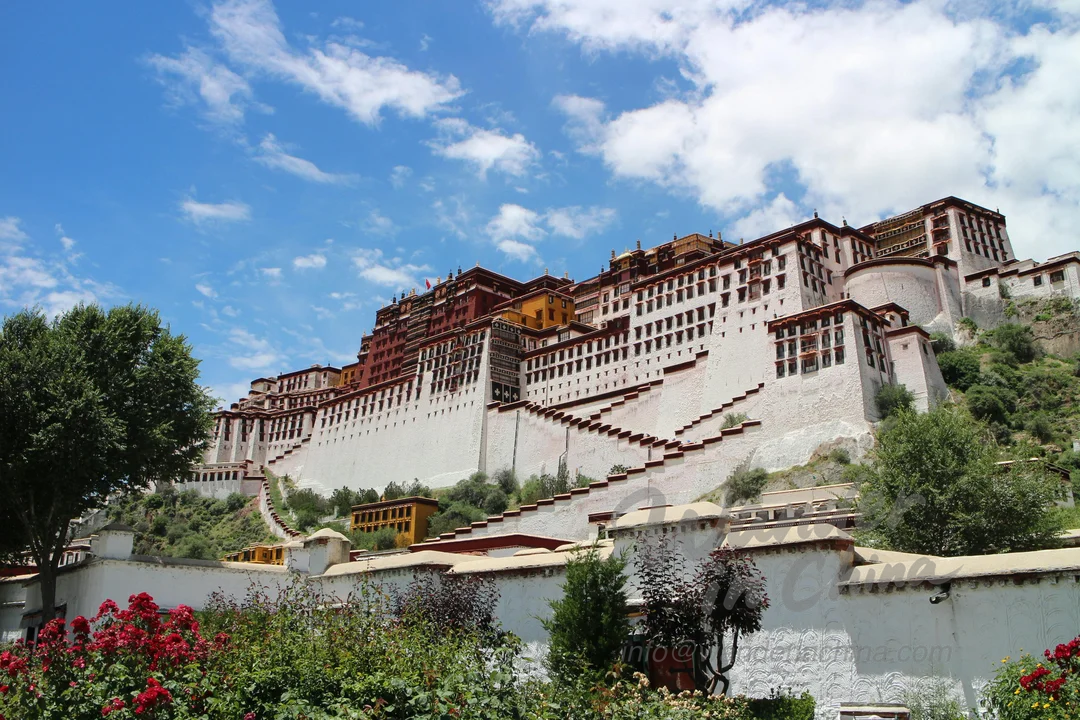
Exploring the Majestic Potala Palace: A Traveler’s Guide
The Potala Palace, a UNESCO World Heritage site, stands as a towering symbol of Tibetan Buddhism and a testament to the rich history of the region. Perched atop Marpo Ri (Red Mountain) in Lhasa, Tibet, this magnificent structure dominates the skyline, beckoning travelers from around the globe to explore its sacred halls and unravel its captivating stories. This guide will provide you with essential information for planning your visit to the Potala Palace, ensuring an unforgettable experience. For a complete overview, see our main guide to Lhasa: The Heart of Tibet.
History and Significance
The history of the Potala Palace is deeply intertwined with the Dalai Lamas and Tibetan Buddhism. Construction began in 1645 during the reign of the Fifth Dalai Lama, Lobsang Gyatso, although a previous fortress existed on the site dating back to the 7th century during the reign of King Songtsen Gampo. The palace served as the winter residence of the Dalai Lamas and the center of Tibetan political and religious life. Exploring the Potala Palace provides a unique glimpse into centuries of Tibetan history and the enduring legacy of the Dalai Lamas. Understanding the Potala Palace history is crucial to appreciating its significance.
Architecture and Design
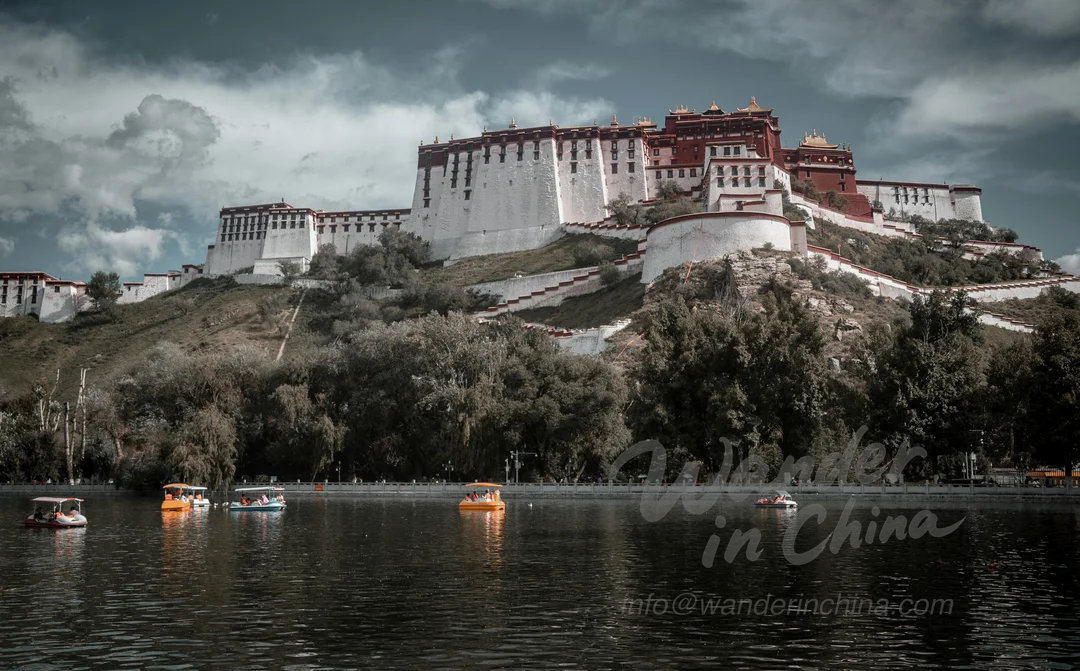
The architecture of the Potala Palace is a stunning example of traditional Tibetan design. The palace is divided into two main sections: the White Palace (Potrang Karpo), which served as the living quarters of the Dalai Lamas, and the Red Palace (Potrang Marpo), dedicated to religious study and prayer. The structure incorporates elements of fortress architecture, monastery design, and palatial grandeur, creating a unique and imposing presence. The intricate carvings, murals, and gilded roofs showcase the artistic skill and religious devotion of the Tibetan people. The Potala Palace architecture is a feast for the eyes.
Planning Your Visit
Tickets and Permits
Visiting the Potala Palace requires careful planning, as access is restricted and permits are necessary. Independent travel to Tibet is generally not permitted; travelers must typically join an organized tour. Potala Palace tickets are limited and often sell out quickly, especially during peak season. It’s highly recommended to book your tour and tickets well in advance through a reputable travel agency. Your tour operator will assist with obtaining the necessary permits and arranging transportation.
Best Time to Visit
The best time to visit Potala Palace is during the spring (April-May) or autumn (September-October) months. The weather is generally pleasant, with clear skies and comfortable temperatures. Avoid visiting during the summer months (June-August), as it can be rainy and crowded. Winter (November-March) can be cold, but the palace is less crowded, and you may experience a more authentic atmosphere. Consider the best time to visit Potala Palace based on your preferences for weather and crowd levels.
How to Get There
Lhasa Gonggar Airport (LXA) is the main airport serving Lhasa. From the airport, you can take a bus or taxi to Lhasa city center. Once in Lhasa, the Potala Palace is easily accessible by taxi or bus. Many hotels also offer shuttle services to the palace. Consider reading about Getting Around Lhasa: Transportation Options for Tourists for more details.
Exploring the Palace

Red Palace
The Red Palace is dedicated to religious study and houses numerous chapels, shrines, and libraries. It’s the more sacred and elaborate section of the Potala Palace. Highlights include the Assembly Hall, the Great West Hall, and the various chapels dedicated to the Dalai Lamas and other important figures in Tibetan Buddhism.
White Palace
The White Palace served as the living quarters of the Dalai Lamas and housed offices, meeting rooms, and courtyards. It’s a more secular space compared to the Red Palace. The East Main Hall is the largest hall in the White Palace and was used for important ceremonies and events.
Dalai Lama’s Tombs
The Potala Palace houses the tombs of several Dalai Lamas. These tombs are lavishly decorated with gold, jewels, and precious stones. The tomb of the Fifth Dalai Lama is the largest and most ornate, showcasing the wealth and power of the Dalai Lamas.
Tips for Visitors
Altitude Sickness
Lhasa is located at an altitude of 3,656 meters (12,000 feet), so altitude sickness is a common concern for visitors. It’s essential to acclimatize to the altitude gradually before engaging in strenuous activities. Drink plenty of water, avoid alcohol and caffeine, and consider consulting your doctor about altitude sickness medication.
Respectful Behavior
The Potala Palace is a sacred site for Tibetan Buddhists, so it’s important to dress modestly and behave respectfully. Avoid wearing shorts, revealing clothing, or hats. Remove your shoes before entering chapels and avoid taking photos in restricted areas. Speak in a low voice and refrain from touching religious objects or murals. Learn about Tibetan Culture in Lhasa: Monasteries, Festivals, and Traditions to better understand the local customs.
Visiting the Potala Palace offers a profound cultural and spiritual experience. By planning your trip carefully and respecting the local customs, you can create lasting memories of this iconic landmark. Consider exploring other nearby attractions such as Jokhang Temple: Lhasa’s Holiest Shrine and Barkhor Street: A Pilgrim’s Path and Shopper’s Paradise in Lhasa.
